Introduction
Nestled near the ancient city of Gour (modern-day Firuzabad) in Iran, the Ardashir Babakan Palace, also known as the Palace of Ardashir Papakan or the Atashkadeh, is a remarkable relic of Sassanian architectural brilliance. Built in 224 CE by Ardashir I, the founder of the Sassanian Empire, this structure is not only a royal residence but also a manifestation of power, innovation, and cultural identity.
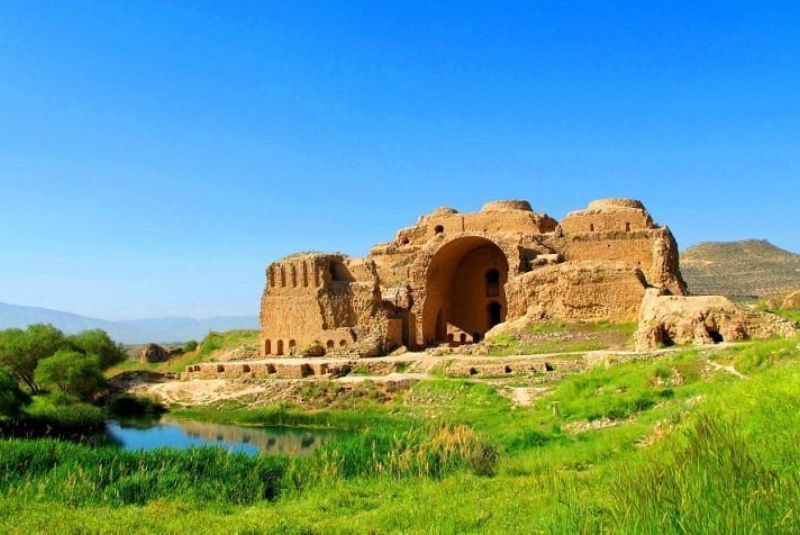
Architectural Highlights
Grand Design and Construction
The Ardashir Babakan Palace is celebrated for its defining architectural features that showcase early Persian ingenuity. These include:
- Soaring Domes: The palace boasts grand domes supported by squinches, an architectural innovation that later influenced Islamic construction.
- Expansive Iwans: Vaulted halls with open-fronted designs highlight the transition from Parthian to Sassanian styles.
- Stucco Decorations: Intricate stucco work adorns the interiors, reflecting a sophisticated aesthetic sense.
These elements exemplify the sophistication and adaptability of Sassanian architecture, blending functionality with grandeur.
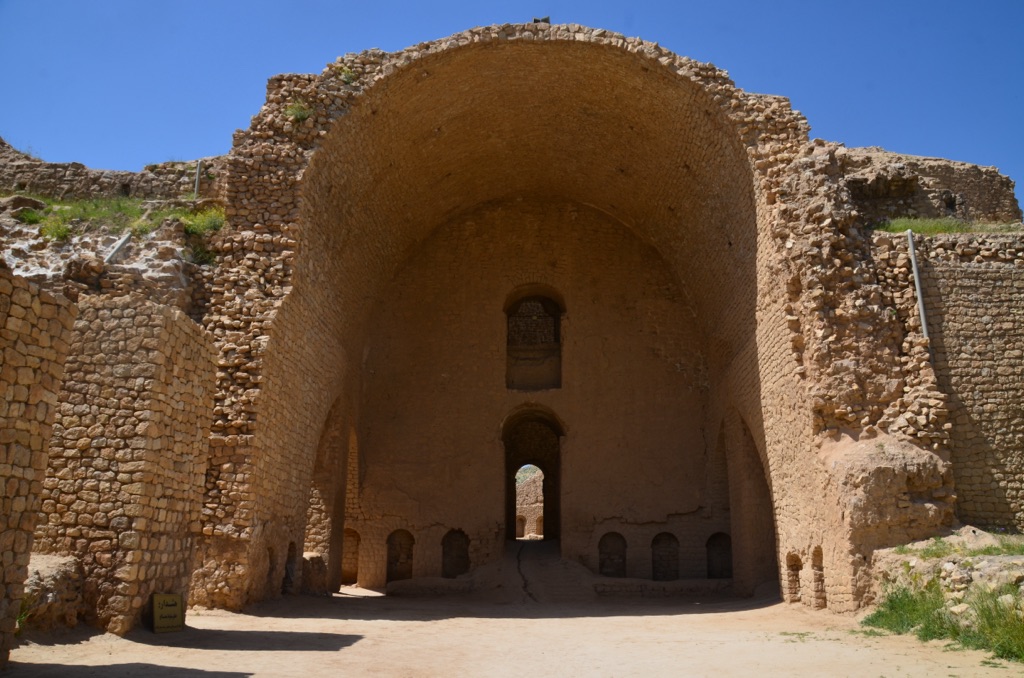
Strategic Location
The palace’s location near a water source known as Qal’eh Dokhtar underscores the importance of strategic planning in Sassanian construction. The choice of site ensured both defensive strength and access to vital resources, reflecting the empire’s practical ingenuity.
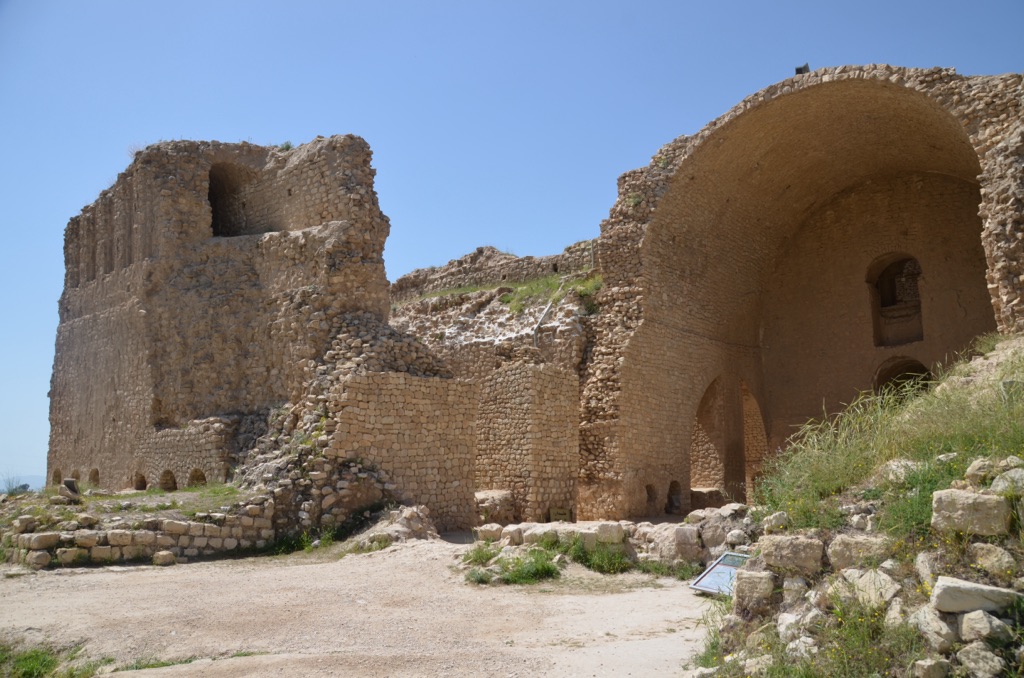
Cultural and Historical Significance
Symbol of Sassanian Power
More than a royal residence, the Ardashir Babakan Palace symbolized the Sassanian dynasty’s power and ambition. Its imposing size and intricate design conveyed the authority and sophistication of Ardashir’s reign.
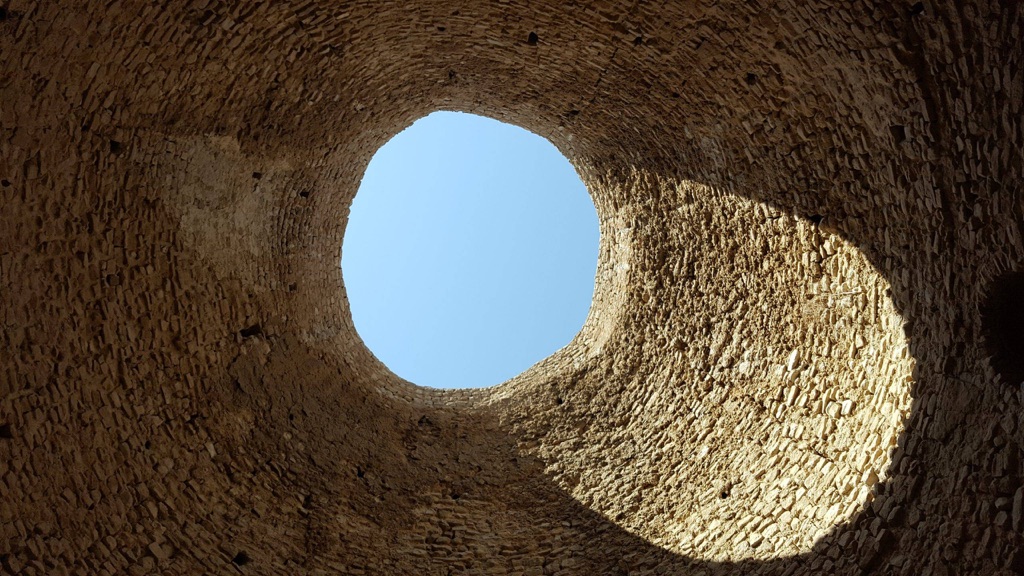
Religious Influence
Within the complex lies a fire temple, a testament to Zoroastrianism’s profound impact on Sassanian culture. This integration of religious and royal elements highlights the interconnectedness of governance and spirituality in the empire.
Lasting Legacy
Influence on Islamic Architecture
The innovative use of domes and iwans in the Ardashir Babakan Palace set a precedent for later architectural developments. Many of these elements became staples of Islamic architecture, showcasing the palace’s enduring influence.
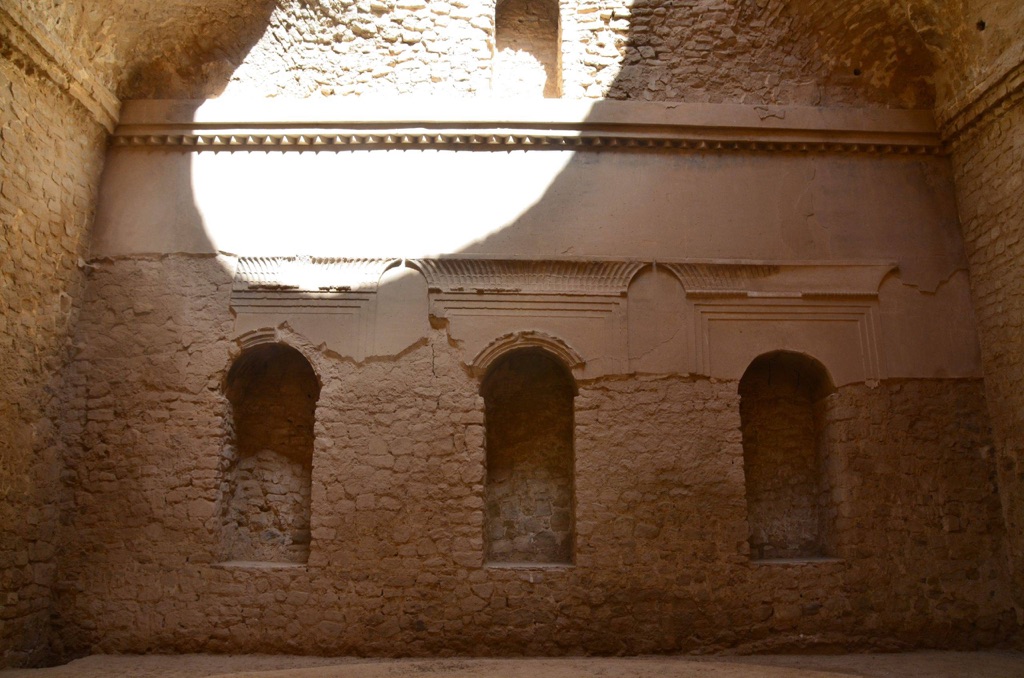
Recognition as a UNESCO Site
Today, the palace stands as a UNESCO World Heritage Site, celebrated for its cultural and historical significance. Its preservation allows modern historians and architects to study the ingenuity of Sassanian engineering and its contributions to architectural evolution.

Conclusion
The Ardashir Babakan Palace is more than an ancient structure; it is a testament to the Sassanian Empire’s ingenuity, cultural richness, and lasting influence. From its architectural innovations to its symbolic significance, the palace offers a glimpse into an era that shaped the trajectory of Persian history and global architectural traditions. As we marvel at its enduring splendor, it reminds us of the timeless interplay between innovation and heritage.

